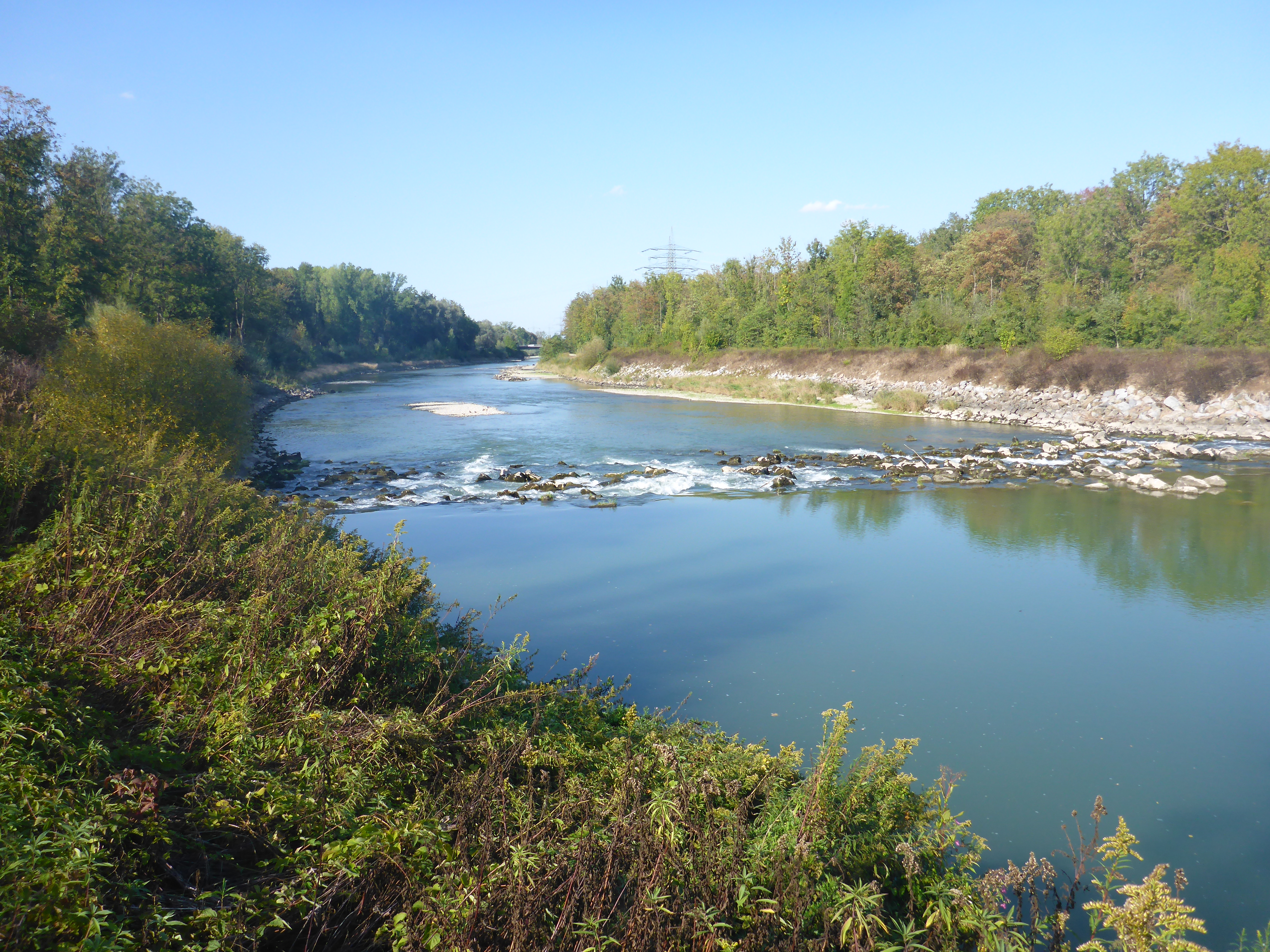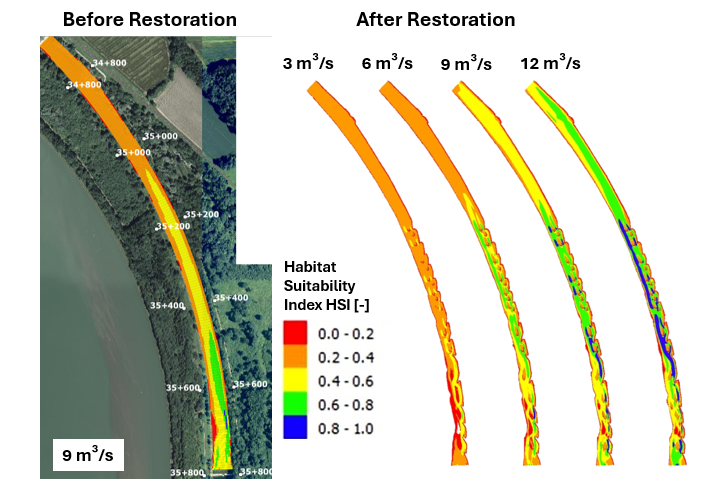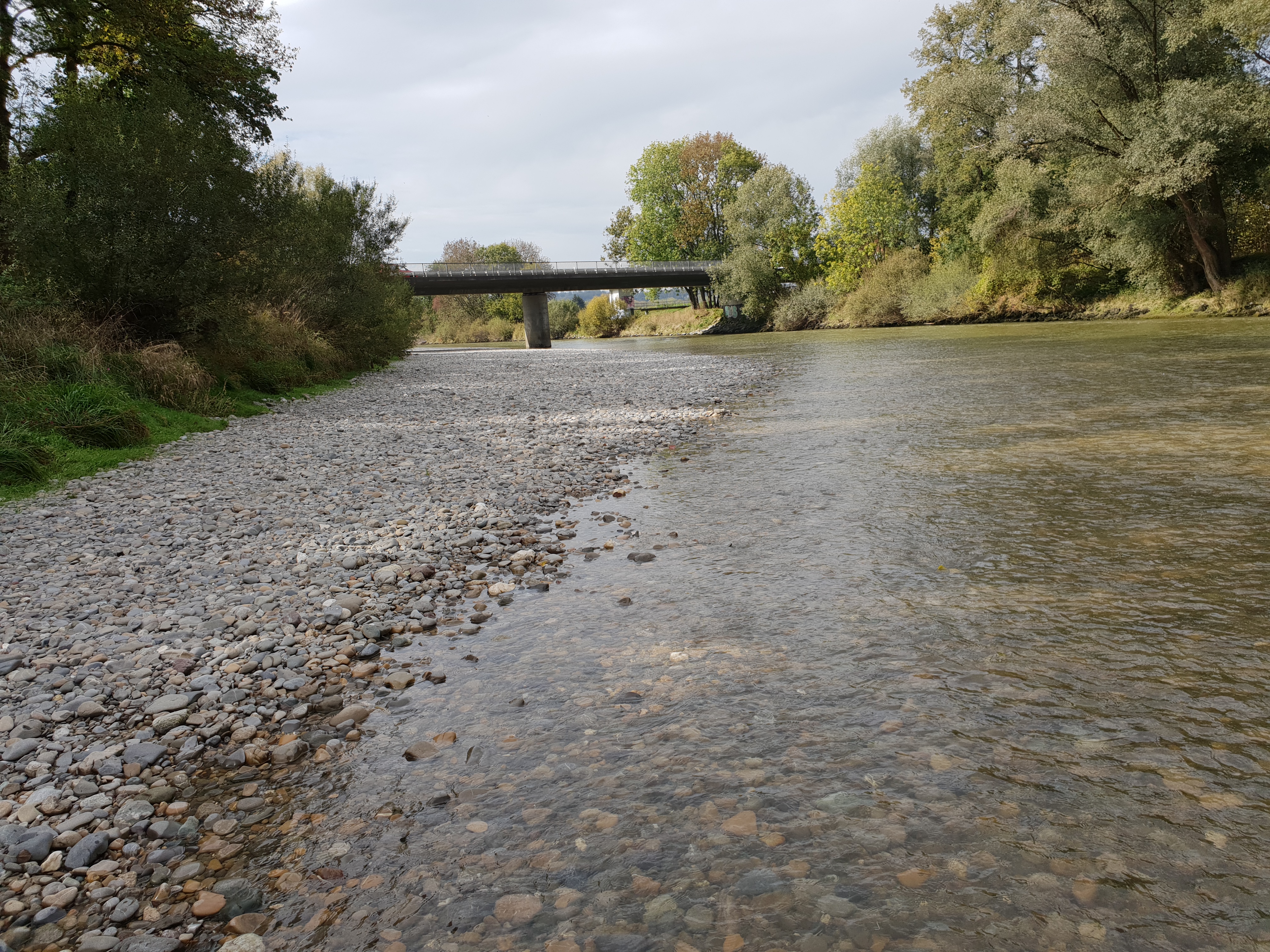Shortlisted for the Chico Mendes Prize 2023
In their latest Practice Insights article, Henry Hansen and colleagues present a case study that applies a new method to improve current fish habitat models and better guide future restoration efforts.
Fragmentation has become a consistent impact in rivers as society’s need for renewable energy continues to grow. The proliferation of hydropower plants supports the world’s shared goal of reducing fossil-fuel based energy but often comes at the cost of local biodiversity.
Migratory fish is one group of animals that is vulnerable to the effects of hydropower as multiple dams may prevent them from completing their life cycle. Transnational efforts to restore rivers is gaining momentum to combat the freshwater biodiversity crisis.

A common approach to solving this problem is by constructing fish passages at every barrier so that connectivity between each river fragment can be restored.
On the surface, this seems like an easy way to resolve connectivity issues but there are many challenges that make this approach quickly lose its initial appeal. Fish passages are typically expensive, favour particular species, may not work in both directions, and are sensitive to changing flow regimes. Despite these drawbacks, fish passages are often still prioritised over other restoration methods.
Our research set out to answer the question: if all the fish passages were built in a fragmented river, would this be enough to help fish complete their life cycle? By asking this question, we give fish passages the benefit of the doubt and assume that none of their drawbacks influence fish movement.
This best-case scenario for fish passages then opens the door to a more important question: is there even enough accessible and high-quality fish habitat throughout the river to sustain local fish populations?
Modelling for life stages
Fortunately in our case, the practitioners in the study surveyed fish habitat throughout all 53 kilometres of our study area and assessed the relative suitability of habitat for each life stage for gravel spawning fish.

Using a simple model that tracks expected fish movements as fish grew up, we could measure the potential movement distances required to complete an entire life cycle. Adjusting this model to work under a variety of river flow regimes gave us an even more complete picture of this process.
From our study, we found that young fish would need to travel far distances downstream to reach the suitable habitat necessary for the next stage of their life cycle. Therefore, the resulting population bottleneck at an early stage of the life cycle paints these potential fish passages in a different light – a connected system without habitat restoration would not only be expensive and time consuming, but there is little evidence to suggest that these fish would respond with better reproduction.
Part of the complexity that makes this problem more nuanced is the legal precedent. The EU Water Framework Directive (WFD) is a multinational effort to improve freshwater ecosystems and by their definition, improving river connectivity via fish passages is a direct way to improve the ecological quality of a river. But whether the fish respond to these installations in practice is a different matter. This isn’t to say fish passages do not work or do not have their place in the restoration ecologist’s toolbox – they certainly do. But they are not a silver bullet solution that will guarantee a restored river with robust fish populations.

Going forward, restoring riverine fish populations may require multiple restoration techniques that build off measures that reduce fragmentation. In our case, future restoration work is considering a variety of strategic habitat enhancement interventions such as weir lowering, river widening, and side channel installation.
Right now, it seems current research focuses on the effects of multiple stressors on rivers but little work has focused on the effects of multiple restoration activities that combat those stressors. Future research that can balance the practical limitations of restoration and the legal expectations for improved ecosystems would be the ideal evidence practitioners need to improve rivers.
Read the full Practice Insights: “A habitat connectivity reality check for fish physical habitat model results and decision-making for river restoration” in Ecological Solutions and Evidence.
Find the other early career authors and their articles that have been shortlisted for the Chico Mendes Prize 2023 here!
